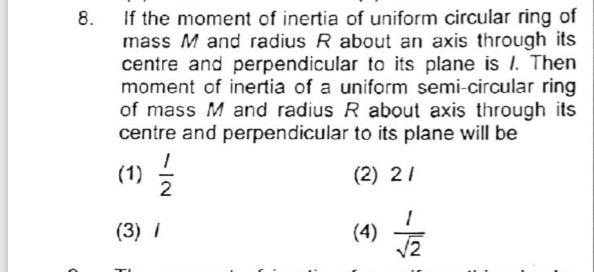
AllQuestion and Answers: Page 1420
Question Number 70718 Answers: 1 Comments: 1
Question Number 69894 Answers: 0 Comments: 3
$$\int\:\frac{\mathrm{2}{x}^{\mathrm{5}} −{x}}{{x}^{\mathrm{3}} −\mathrm{2}}{dx} \\ $$
Question Number 69966 Answers: 0 Comments: 1

Question Number 69878 Answers: 0 Comments: 3

Question Number 69874 Answers: 0 Comments: 3
Question Number 69871 Answers: 1 Comments: 0
Question Number 69873 Answers: 0 Comments: 1

Question Number 69866 Answers: 1 Comments: 0

Question Number 69851 Answers: 0 Comments: 0
Question Number 69847 Answers: 1 Comments: 0
Question Number 69846 Answers: 1 Comments: 0
Question Number 69836 Answers: 1 Comments: 2

Question Number 69829 Answers: 2 Comments: 2

Question Number 69827 Answers: 2 Comments: 0
Question Number 69809 Answers: 2 Comments: 2
$$\underset{{x}\rightarrow\infty} {\mathrm{lim}}\:{x}\mathrm{sin}\:\frac{\pi}{{x}} \\ $$
Question Number 69803 Answers: 0 Comments: 2
Question Number 69795 Answers: 0 Comments: 1
Question Number 69794 Answers: 1 Comments: 2
Question Number 69792 Answers: 1 Comments: 1
Question Number 69790 Answers: 0 Comments: 1
Question Number 69789 Answers: 0 Comments: 0
Question Number 69786 Answers: 0 Comments: 1
Question Number 69784 Answers: 0 Comments: 0
Question Number 69778 Answers: 2 Comments: 5
Question Number 69766 Answers: 0 Comments: 4
Question Number 69765 Answers: 1 Comments: 0
Pg 1415 Pg 1416 Pg 1417 Pg 1418 Pg 1419 Pg 1420 Pg 1421 Pg 1422 Pg 1423 Pg 1424
